
What we do
Our knowledge-first real estate services focus on the crucial early stages from pre-development through design to entitlements, and continue to full build-out and occupancy. We adopt a human-centered approach to problem-solving that focuses on understanding people's needs and creating innovative solutions. At every stage, we operate in close cooperation with users, markets, and communities.
Over the past 25 years, the team that leads WOWA's engagements has overseen more than 100 projects for a range of clients in the Americas and Europe, involving more than 50 million square feet of campus, workplace, research and development space; office, retail, hotel, and industrial space; over 10,000 residential units, public spaces, and integrated landscapes.
We blend practice with applied research and development, exploring the intersection of formgiving, space use, technology, real estate, and human and natural sciences to create new and improved tools, processes, and products.
Along the way, we communicate our insights and analysis to inspire and move others to action.
Selected case studies
For organizations: High-performance assets
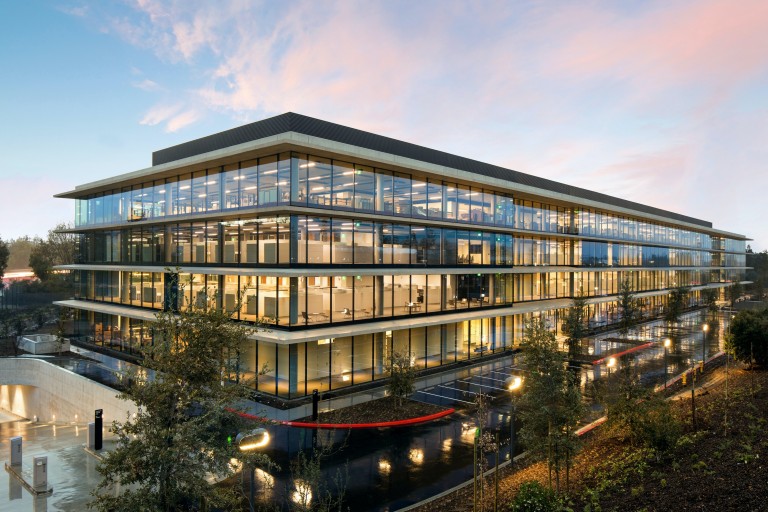
North Tantau Campus:
Navigating Fluid Environments
Cupertino, California
Apple
1,000,000 sq. ft.
Campus, workplace, research and development, data center, parking structure
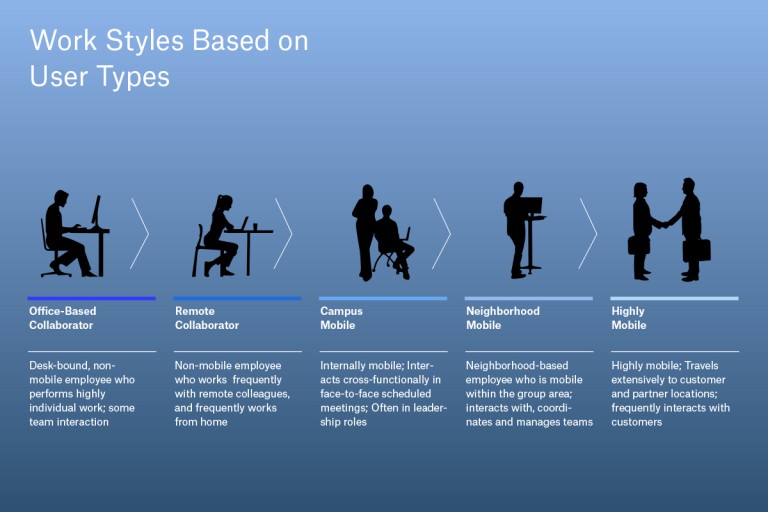
Connected Workplace:
Mastering Unprecedented Growth
Americas, Europe, Middle East, Africa, Asia
Cisco
23,000,000 sq. ft.
Campus, research and development, workplace, data center
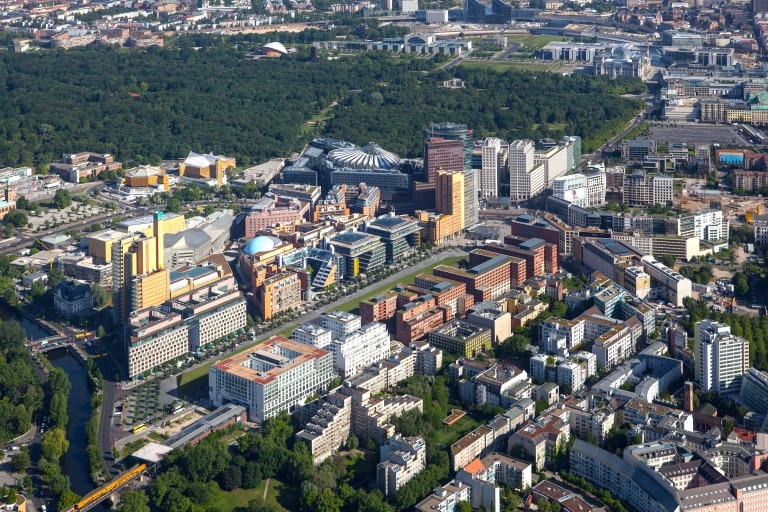
Potsdamer Platz:
Grounding a Global Player
Berlin, Germany
Daimler-Benz
12,000,000 sq. ft.
Headquarter, workplace, residential, retail, hospitality, civic, open space
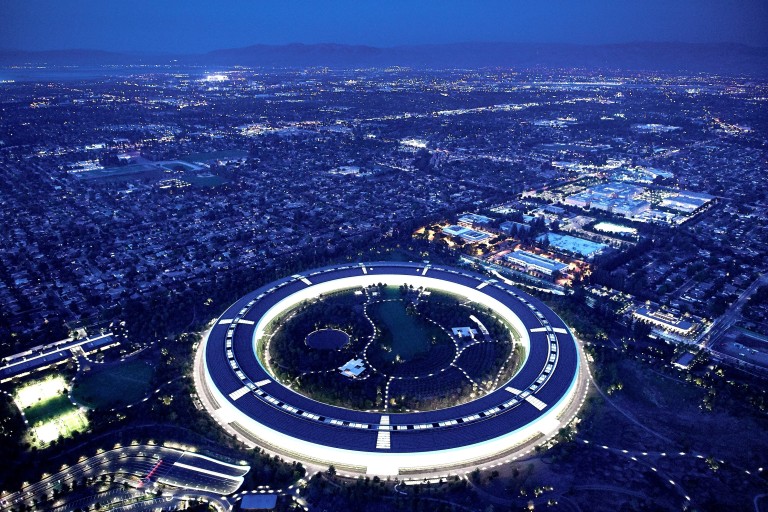
Apple Park:
Advancing Creative Enterprise
Cupertino, California
Apple
6,000,000 sq. ft.
Campus, research and development, workplace, auditorium, parking structure, open space, visitor center
For developers: Outstanding value
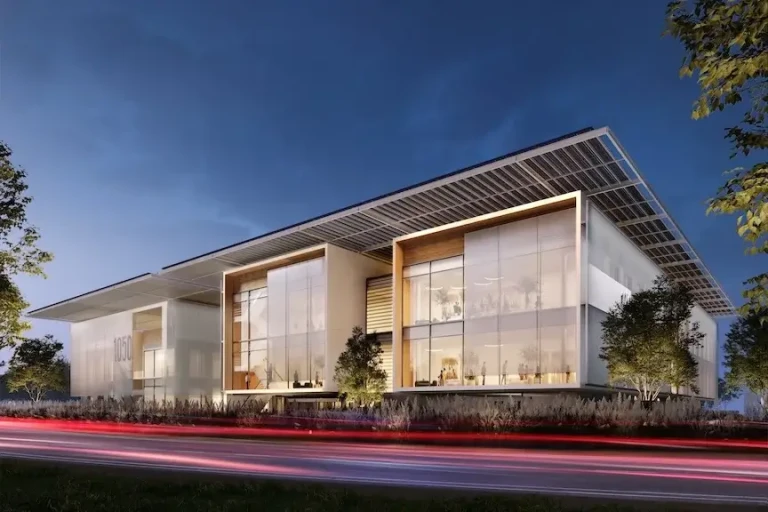
Life Sciences Campus:
Engaging Stanford's Innovation Cluster
Redwood City, California
Pearlman Properties
128,000 sq. ft.
Research and development
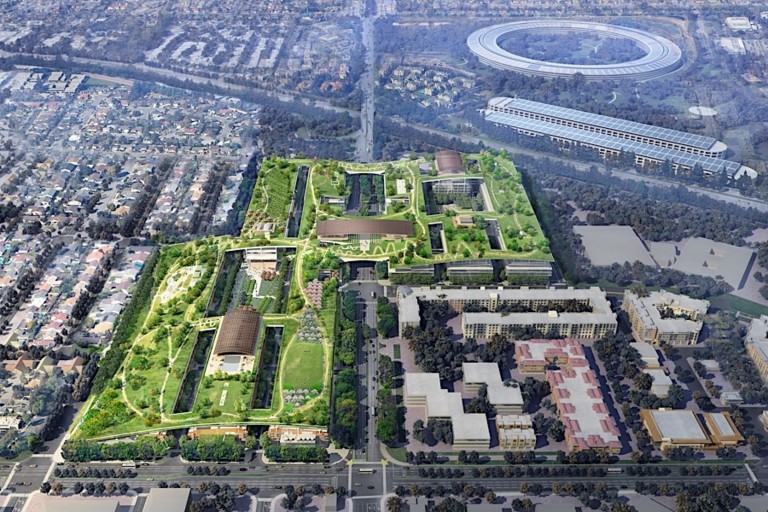
Mixed-Use Neighborhood:
Translating Architectural Excellence
Cupertino, California
Sand Hill Property Company
8,000,000 sq. ft.
Office, residential, retail, hospitality, civic, open space
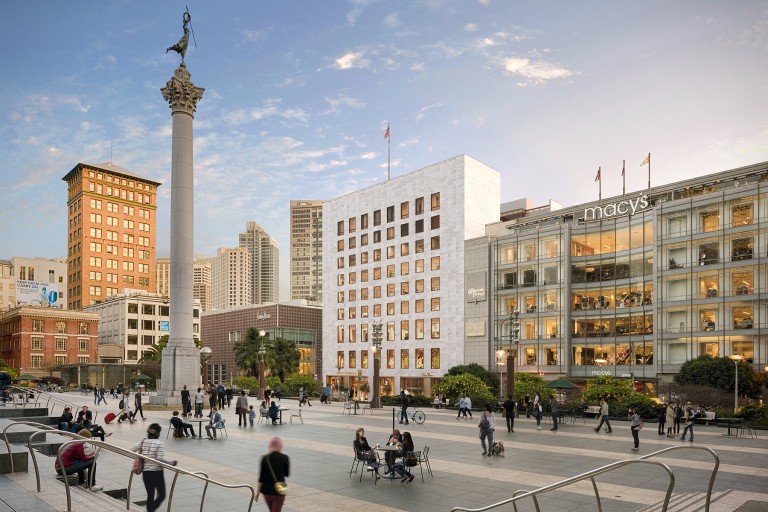
Adaptive Reuse:
Modernizing Mid-20th Century
San Francisco, California
233 Geary Street Property Owner
250,000 sq. ft.
Office, residential, retail, historic preservation
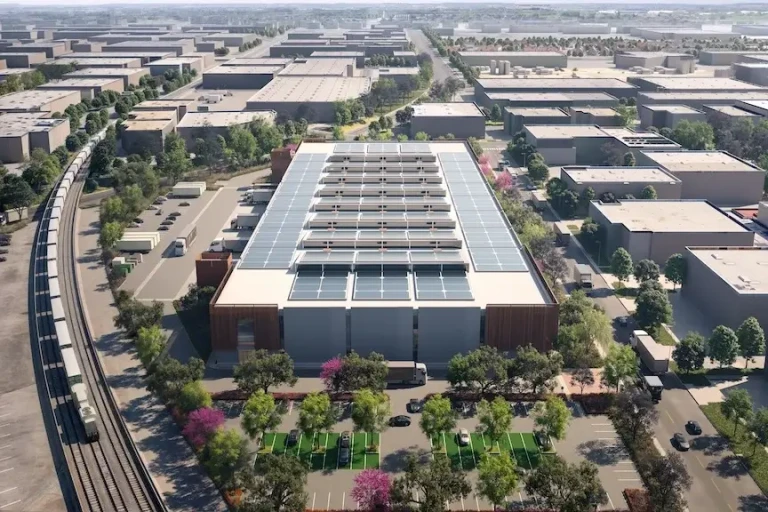
Clean Energy Future:
Augmenting Today's Supply Chain
Santa Fe Springs, California
Pearlman Properties
205,000 sq. ft.
Industrial, logistics, warehousing
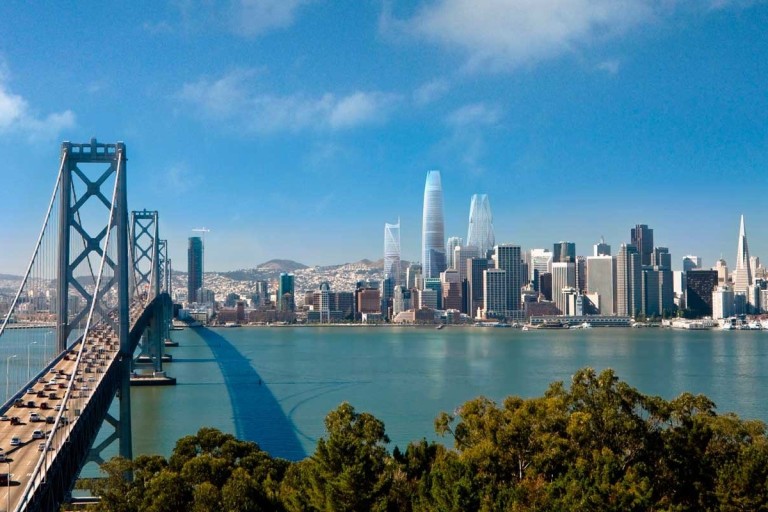
Central Social District:
Defining the Highest Potential
San Francisco, California
TMG Partners
2,200,000 sq. ft.
Office, residential, hospitality
For communities: Liveable cities and regions
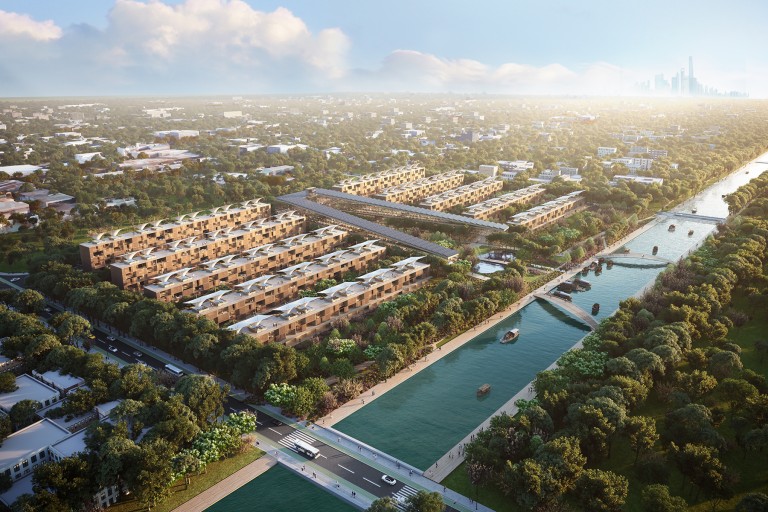
Sustainable Water Town:
Confronting Global Change
Shanghai, China
Shanghai Municipal People's Government
2,200,000 sq.ft.
Residential, commercial, civic, open space

Eco Map:
Growing Smarter, Greener Cities
Amsterdam, Netherlands; San Francisco, California; Seoul, South Korea
Cisco, municipal leaders
Digital transformation
Climate change and pollution
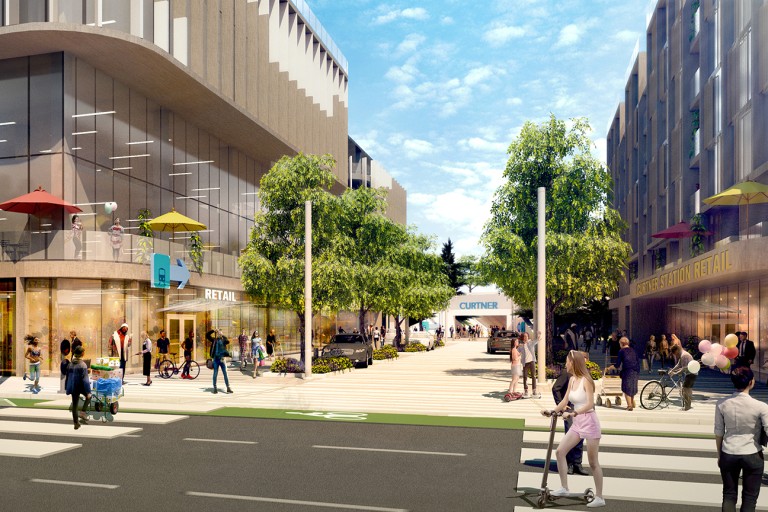
Transit-Oriented Development:
Centering on Health
San Jose, California
Valley Transportation Authority, Bayview Development Group, Bouygues Group, IBI Group
800,000 sq. ft.
Office, residential, retail, civic
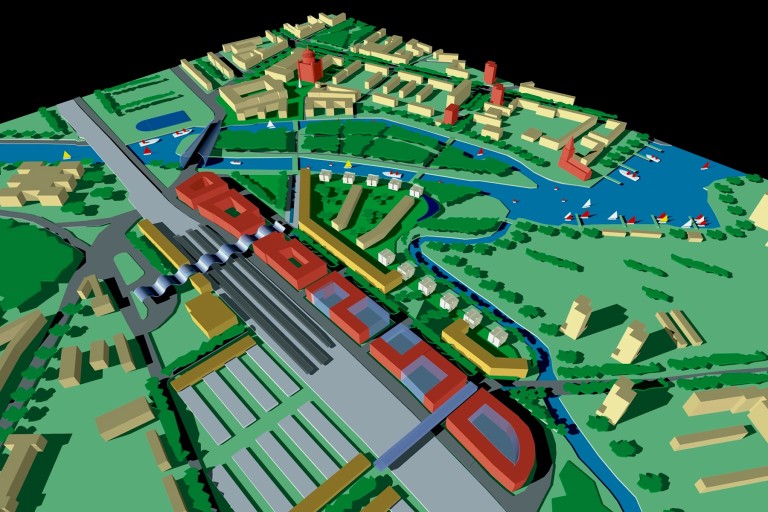
Historic City Quarter:
Preserving World Heritage
Potsdam, Germany
Deutsche Bahn
2,200,000 sq. ft.
Office, residential, retail, civic, light industrial, open space
For industry leaders: Research and development

America's Human Landscapes:
Understanding a Gridlocked Environment
Land use and development
Economics and business
Politics and governance
Social organization
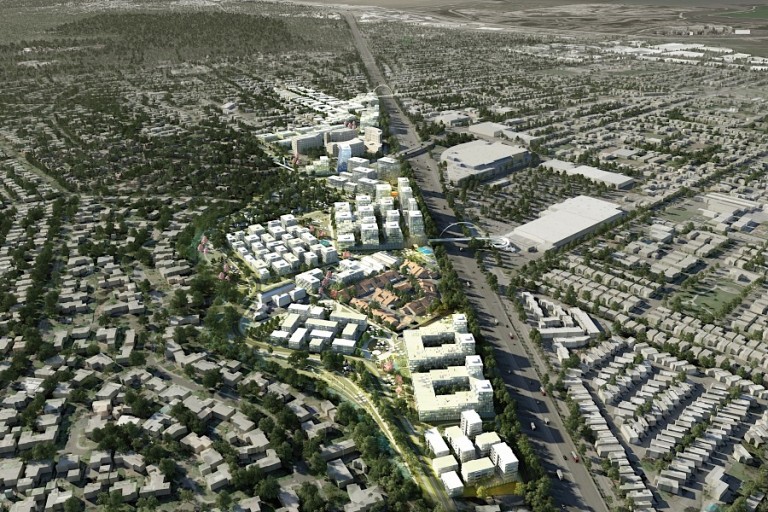
Reconfigured Places:
Leveraging Design, Technology, and Real Estate
Environment and resources
Human well-being
Biodiversity
Climate change and pollution
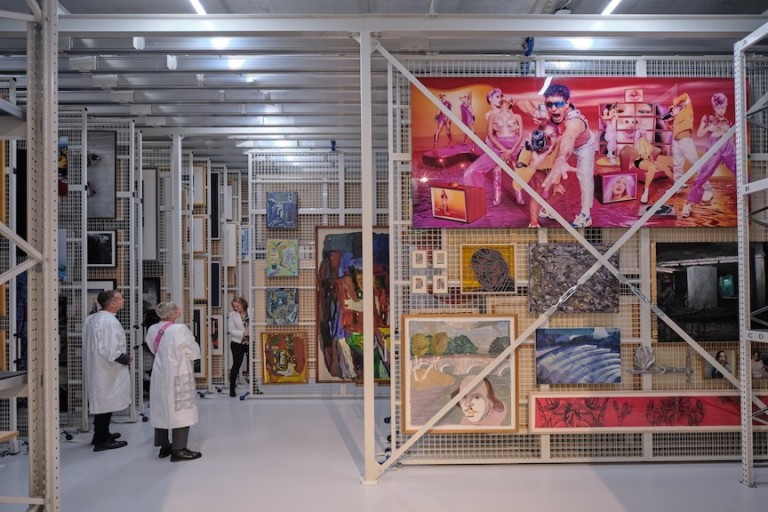
Museum Spaces:
Gathering People, Objects, Ideas
Real estate and culture
Visitor experience
Collections engagement
Cultural heritage and identity
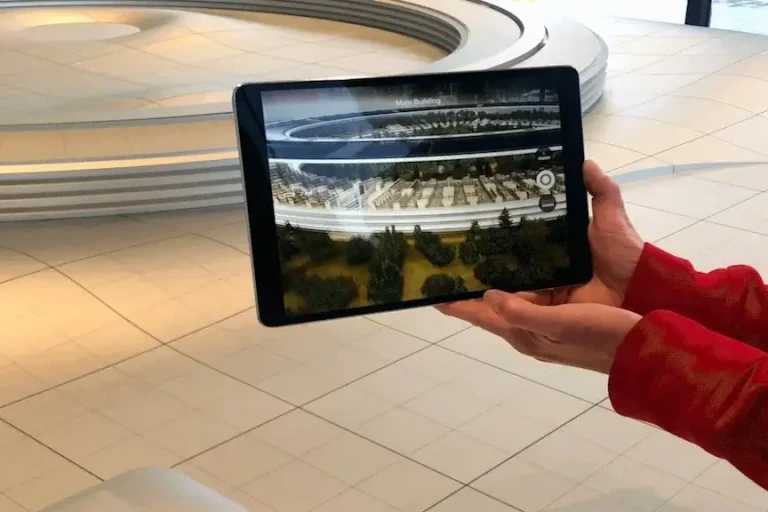
Hybrid Infrastructure:
Building Intelligent Futures
Real estate and technology
Humans and machines
Frontier technologies
Value of innovation
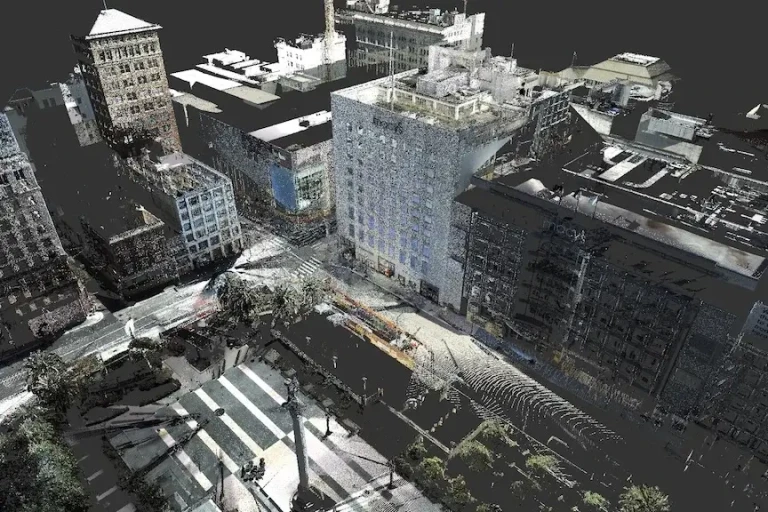
WOWA Knowledge Bank:
Capturing Real-Estate Assets
Tools and services
AI empowerment
Digital transformation
Knowledge management


